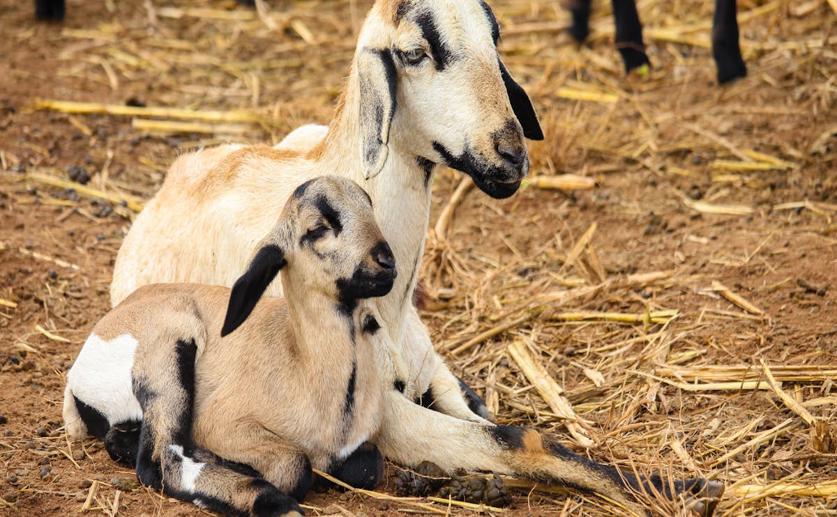
Tracing the Spread and Diversity of Modern Goats Across Europe, Africa, and Asia
Jim Crocker
28th July, 2024

Key Findings
- The study analyzed genetic data from 2881 goats across Europe, Africa, and Asia to understand genetic diversity patterns
- Researchers found that genetic diversity in goats decreases as the distance from Ganj Dareh, an early domestication site in Iran, increases
- This decline in genetic diversity supports the idea that the initial domestication and spread of goats led to a reduction in genetic diversity with increasing distance from the origin
GeneticsAnimal ScienceEvolution
References
Main Study
1) Investigating the footprint of post-domestication dispersal on the diversity of modern European, African and Asian goats
Published 27th July, 2024
https://doi.org/10.1186/s12711-024-00923-5
Related Studies
2) Ancient goat genomes reveal mosaic domestication in the Fertile Crescent.
3) Domestication and early agriculture in the Mediterranean Basin: Origins, diffusion, and impact.
4) The origin of domestication genes in goats.



 12th July, 2024 | Jenn Hoskins
12th July, 2024 | Jenn Hoskins